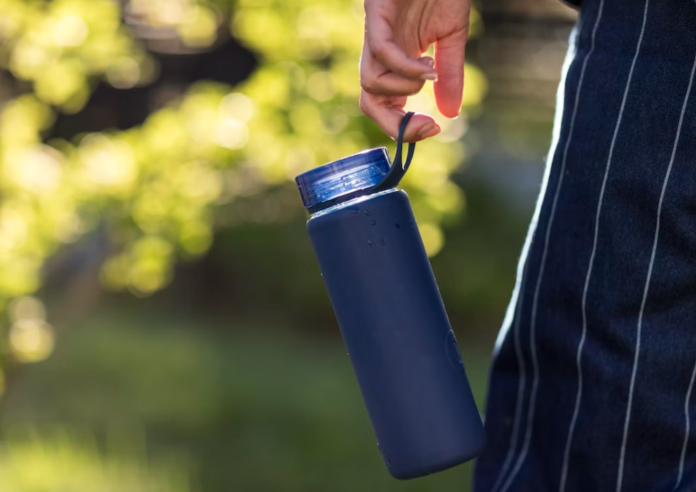If you have POTS, you know that it can be tough to get through the day. POTS is a condition that can cause fatigue, lightheadedness, and other symptoms that make it hard to function. But there are things you can do to help manage your symptoms and improve your quality of life. This blog post will share five aids that can help people with POTS achieve better quality of life.
Drink Lots of Fluid
When it comes to managing POTS, drinking enough fluids is key. Staying hydrated can significantly ease POTS symptoms and prevent them from worsening. Water is the ideal choice for hydrating the body; other flavored beverages can also be consumed in moderation, as long as they are non-caffeinated and low in sugar. It may take some time for your body to adjust to consuming larger amounts of fluids, but over time you will start to feel better and more energetic. Your doctor can provide recommendations on how much fluid you should drink each day, giving you peace of mind that you are helping your body manage quickly while reducing any unpleasant POTS symptoms.
Wear Compression Stockings or Socks
Compression stockings or socks are a highly recommended aid for those suffering from POTS, as they help to improve blood circulation. As reduced blood circulation is a major contributing factor to the symptoms of POTS, the use of compression stockings has been found to provide much-needed relief. Compression garments are designed to reduce swelling, increase circulation, and provide support by gently squeezing your legs. This can be especially beneficial during physical activities, such as walking or exercise, reducing fatigue and helping you stay active.
Use Mobility Aids
Many individuals living with Postural Orthostatic Tachycardia Syndrome turn to mobility aids, like those at Motion 4 Less, in order to gain more freedom, independence, and autonomy over their lives. Structured daily movement is crucial for managing symptoms and reducing the severity of POTS, so using a walker or cane can help give people the energy they need to stay active. Mobility aids are especially beneficial when it comes to situations or activities that require standing upright for an extended period of time, such as shopping or completing household chores, because they offer support and assistance when needed. Additionally, these aids can provide a sense of security and comfort that helps those living with POTS feel more confident about going out in public and facing the world without feeling overwhelmed by potential triggers.
Avoid Triggers
If a person suffers from POTS, avoiding exacerbating factors is key to maintaining quality of life. Hot weather and standing for extended periods of time can be two triggers that make symptoms worse, making it important for POTS sufferers to identify these triggers and plan accordingly. More importantly, individuals should take the necessary steps to minimize their impact on their daily activities. For instance, wearing light clothing during hot days and sitting down while waiting in line will reduce the amount of discomfort experienced by a person with POTS when faced with these potential triggers.
Get Plenty of Rest and Relaxation
Rest and relaxation are vital components to managing POTS. When your body is in a state of stress, this sets off a chain reaction in your body’s systems creating an environment where POTS symptoms can flare up. Taking time out of your day or week to allow yourself proper rest and relaxation will give your body the chance to reset and attempt to heal itself from the episode. By taking some extra rest, you can empower yourself with the tools necessary for kinder days ahead, ultimately reaching a healthier balance that can grant you a better quality of life.
Overall, the goal of managing Postural Orthostatic Tachycardia Syndrome (POTS) is to improve quality of life. Taking proactive steps to prevent and reduce POTS symptoms by following the five aids discussed can provide immense relief. Drinking lots of fluids, wearing compression stockings or socks, using mobility aids when needed, avoiding triggers that make POTS worse, and getting plenty of rest and relaxation are all powerful strategies for those living with POTS. The more you prepare and take preventative measures now, the better off you will be in the long run. It’s important to start steadily so your body is not overwhelmed as this might lead to an increase in symptoms or POT attacks. Investing in your overall health and well-being will empower you to have a life full of meaningful choices that bring joy.















